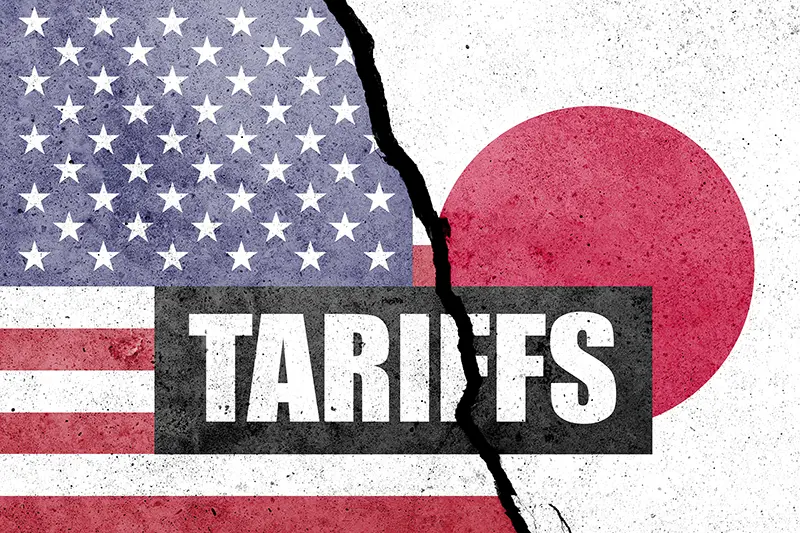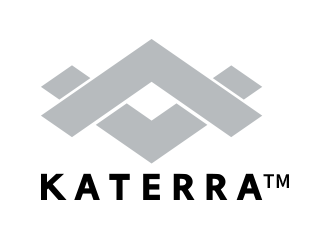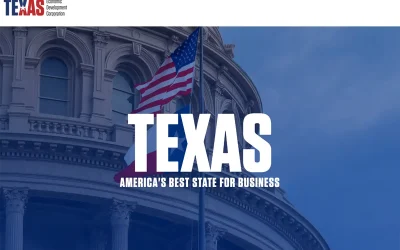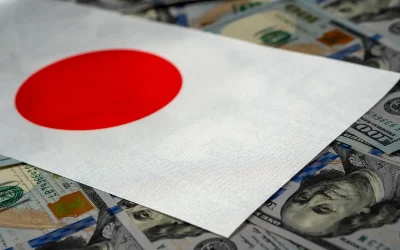Contents
BREAKING: U.S. and Japanese negotiators have reached a tariff agreement, with both parties agreeing to impose a reciprocal 15% tariff. The agreement, which was announced by President Donald Trump on July 22, 2025, eliminates the former’s threat of imposing blanket 25% tariffs on Japanese imports and involves comprehensive Japanese investment in the American economy.
As part of our mission to promote the US-Japan business relationship, we delve into what this alliance means for industries and what it means for American Katerra.
The Background of US-Japan Tariff Talks

Talks as far back as 50 years ago have been driven by the quest to balance trading, by reducing deficits, and addressing strategic concerns between the US and Japan. The roots go back to post-World War II agreements, but the pace of modern tariff talks accelerated in the Trump administration’s first term and under the 2019 US-Japan Trade Agreement that covered agriculture, digital trade, and certain industrial products. The rhetoric ramped up in recent years alongside more general US tariff policies. As early as 2025, President Trump threatened a 25% tariff on all Japanese imports by August 1 due to trade imbalances and national security. This set off eight rounds of hard bargaining directly between US officials and Prime Minister Shigeru Ishiba’s team, in a game of “hurry, slowly” to avoid hasty compromise.
The negotiations surfed off the back of established frameworks such as the US-Japan partnership on trade (finalized in 2021) and focused on non-market practices in conjunction with allies such as the EU.
The deal was announced in the midst of market turmoil, as shares of auto stocks soared on the news. Japan accepted the 15% rate in exchange for greater access to the US market in sectors such as cars and rice, as well as a promise to invest $550 billion in the US. This agreement represents a practical shift from confrontation to cooperation, driven by geopolitical necessities and post-pandemic economic recovery demands.
Details of the Recent Agreement

The deal introduces a 15% reciprocal duty on the majority of Japanese exports to the US, half the level proposed (25%), and invests in essential areas to bolster economic security. Here is a look at some of the key areas:
Semiconductors
Japan will spend to strengthen U.S. chip production in an effort to build supply chains and reduce dependence on foreign sources during global shortages.
Pharmaceuticals
Pharma natural imports taxation is in sync with the 15% rate, as Japanese firm dollars are invested in US R&D and local production facilities.
Iron & Steel
General tariffs apply, except for steel, which is subject to separate higher duties (see below).
Shipbuilding
Investment in modernizing US yards with Japanese technology benefits naval and commercial fleets.
Critical Minerals
Japan commits to mining and processing investment in the US to deal with vulnerability in rare earths and battery materials.
Aviation
Lower tariffs allow for exchange of parts and investments in U.S. aerospace innovation.
Energy
Clean energy partnerships (LNG and Renewables) are aimed at meeting Source control program – global transition needs.
Cars
A big giveaway to Japan, as tariffs were reduced to 15% from as high as 27.5%, a boon to exports while also incentivizing production in America.
AI (ARTIFICIAL INTELLIGENCE) AND QUANTUM
New tech areas cost tariff exemption and joint investments propel US competitiveness against competitors China.
Hailed as a “win-win” deal, the multi-faceted agreement sees Japan opening up markets and the US receiving capital inflows.
Focus on Steel-Related Tariffs

Steel has been a point of contention in US-Japan trade, with current Section 232 tariffs in place on national security grounds. In the new agreement, they stay in place at 50% for steel and aluminum imports from Japan, explicitly exempt from the 15% reciprocal rate. This move provides some protection to US steelmakers from competition, while quota negotiations or exemptions are discussed as part of a future arrangement.
The exclusion was confirmed by Japan’s Economy Minister Ryosei Akazawa, who called it a concession in the context of broader auto wins. However, Japanese investment in US steel production has already the potential to offset its effects through joint ventures and the transfer of technology. This is also considered a negotiation strategy for the US to bring to the table in the ongoing global steel overcapacity talks.
Investments in American Katerra

American Katerra is set to benefit from the deal by growing its US presence. The company opened its US headquarters in San Antonio (Texas) in 2025, downtown, and specializes in green steel fabrication and green innovation. Key investments include receiving a $1 million loan from Shoko Chukin Bank to fund the expansion of steel fabrication capabilities that are in line with sustainable building.
In a similar vein, YMFG Capital’s Elixir No. 2 Fund injected capital into Yamaguchi Heavy Industries, which would help facilitate American Katerra’s expansion. To meet leading Japanese firms and the Japanese Ambassador, cross-border connections happened at SelectUSA 2025. These deals are part of American Katerra’s focus on US infrastructure, which utilizes Japan’s know-how in areas such as steel and energy.
The Future of a US Company

American Katerra will see strong growth in the US and can leverage the investment momentum created by the tariff deal. The company seeks expanded steel fabrication capabilities Texas-wide in support of energy and construction projects. American Katerra hopes to lead in green building, possibly raising additional funds and scaling nationwide. This is in line with overall US-Japan cooperation and makes the company a bridge to bilateral economic security. So, in summary, the 15% US-Japan tariff truce may not just stabilize trade; it may also accelerate investing in critical sectors, which is good for an innovator like American Katerra. Stay tuned to our announcements for further perspective on these developing opportunities.”




